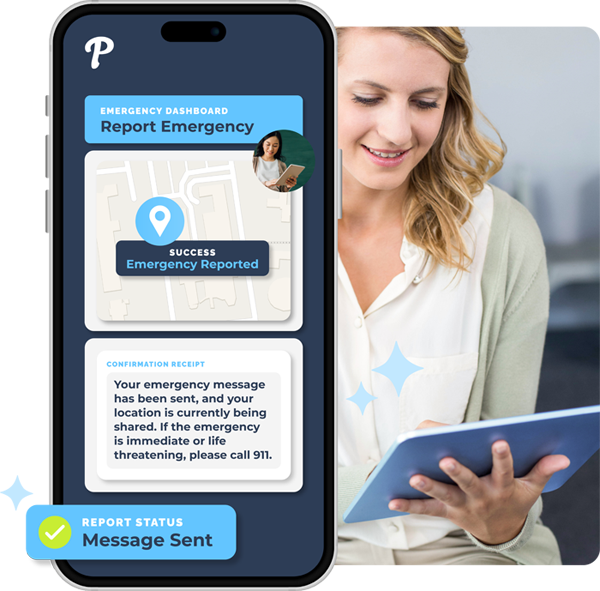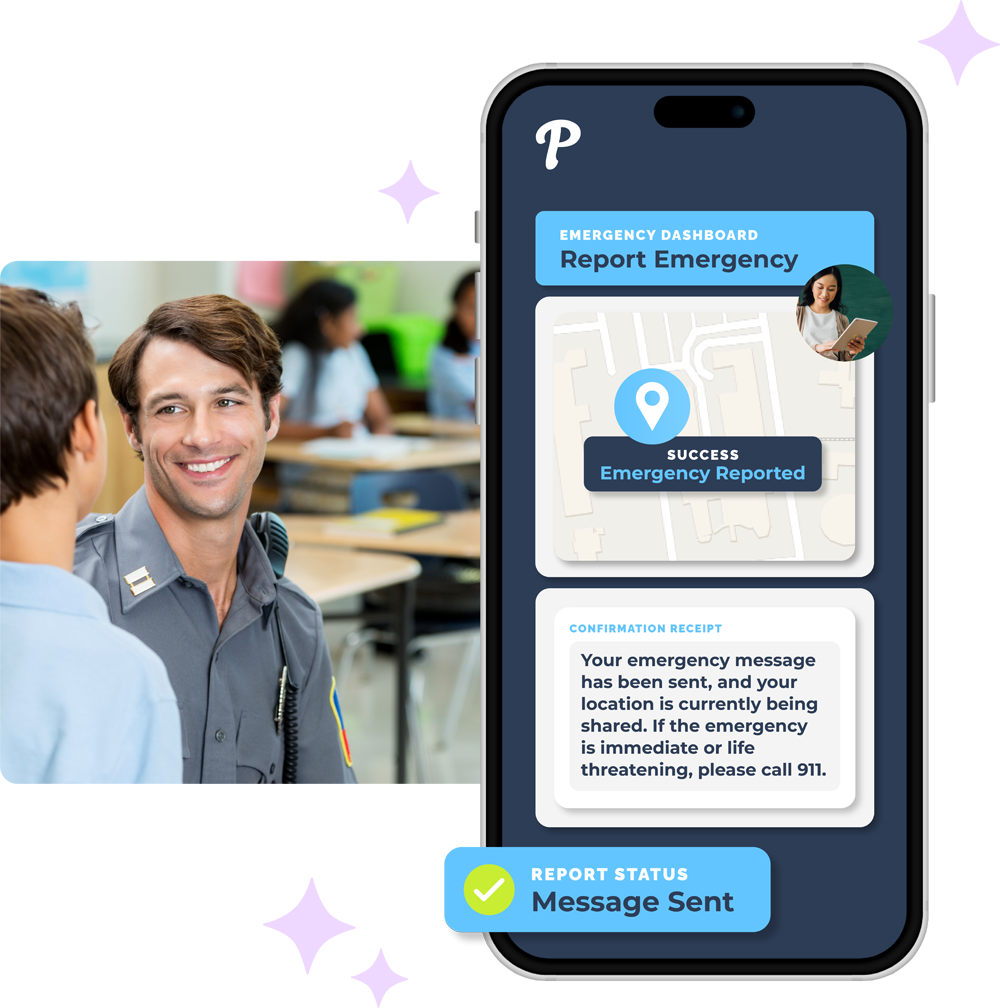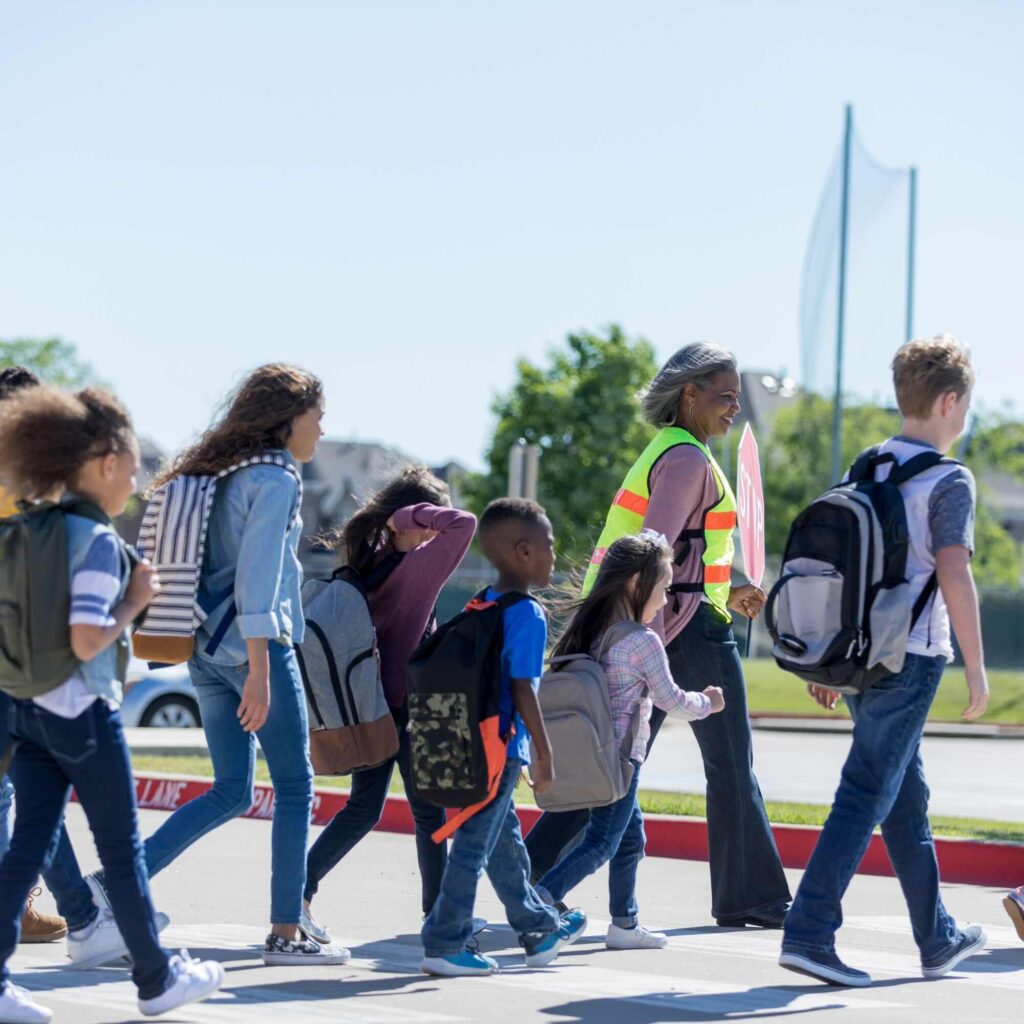School safety is a multifaceted issue affecting students, parents, and educators alike. Understanding school safety requires addressing a broad spectrum of concerns, from physical security to mental health support. The safety of students has become a priority for schools, especially in light of rising concerns about violence, bullying, and mental health challenges. Schools must be proactive in ensuring that every student feels safe, valued, and supported.
Physical Security: The First Line of Defense
Physical security is often the first consideration when discussing school safety. This includes securing school buildings, entrances, and exits. Schools implement measures such as surveillance cameras, security personnel, and controlled access points. With increasing concerns over school shootings and intruder threats, many schools have invested in advanced security systems.
In some districts, schools have implemented metal detectors, especially in high-risk areas. This can be controversial, as it raises questions about privacy and the school environment. However, many parents and educators believe that these measures help deter potential threats and create a safer atmosphere for learning.
Emergency Preparedness: Planning for the Unexpected
A critical aspect of understanding school safety is ensuring that schools have emergency plans in place. Every school should have a clear and effective plan for handling natural disasters, fires, medical emergencies, and, unfortunately, active shooter situations. These plans must be regularly updated and practiced through drills to ensure preparedness in real-life situations.
Many schools work closely with local law enforcement and emergency services to develop and refine their emergency procedures. Regular training for staff, students, and first responders is essential in building a quick and coordinated response to any crisis.
Mental Health: An Integral Part of Safety
While physical security measures are important, understanding school safety also involves addressing the mental health of students. Mental health challenges are increasingly recognized as a major factor in overall student well-being and safety. Bullying, depression, anxiety, and stress can all contribute to a harmful school environment. When students feel isolated or unsupported, their safety—both physical and emotional—can be compromised.
Schools are now incorporating mental health support into their safety strategies by providing counseling services, peer support programs, and wellness initiatives. Many schools have adopted anti-bullying programs and conflict resolution strategies to foster a more inclusive and supportive atmosphere.
Addressing Bullying and Violence
Bullying remains one of the most pressing concerns when it comes to school safety. Whether physical or emotional, bullying can have a significant impact on a student’s sense of safety and well-being. It often goes unnoticed, but its effects can be long-lasting and devastating. Bullying prevention programs are essential in teaching students empathy, conflict resolution, and respect for diversity.
Schools are increasingly adopting zero-tolerance policies toward bullying and violence. These policies aim to create an environment where every student feels protected and valued. By promoting positive behavior and addressing conflicts early, schools can reduce the prevalence of bullying and violence.
Cybersecurity: Safeguarding Digital Spaces
As technology becomes more integrated into education, cybersecurity has become a key component of school safety. Cyberbullying, identity theft, and hacking incidents are becoming more common. Protecting students’ online identities and maintaining safe digital spaces is crucial.
Schools must educate students about digital safety and set clear guidelines for acceptable online behavior. This includes teaching students about the dangers of cyberbullying, online predators, and the risks of oversharing personal information. Additionally, schools should implement strong cybersecurity protocols to protect their networks and students from external threats.
Community Involvement: Collaboration for Safety
One of the most effective ways to ensure school safety is through collaboration with the broader community. Parents, local law enforcement, mental health professionals, and school staff all play important roles in creating a safe environment for students. Open communication between these groups helps identify potential risks early and allows for a more comprehensive safety strategy.
Community involvement fosters a sense of collective responsibility for the safety and well-being of students. Regular meetings and discussions between stakeholders can ensure that safety measures are continually updated and adjusted to meet evolving needs.
The Role of School Climate
School climate is an often overlooked but crucial factor in understanding school safety. A positive school climate, characterized by trust, respect, and inclusivity, can prevent many safety issues from arising. Students who feel connected to their school community are less likely to engage in harmful behaviors or experience bullying.
Creating a supportive school climate involves promoting positive relationships among students, teachers, and staff. This can be achieved through social-emotional learning programs, leadership opportunities for students, and fostering a culture of kindness and respect. A positive school climate helps to prevent many of the safety concerns that arise in schools today.
Training and Support for Staff
Educators and staff play an essential role in maintaining school safety. Regular training in recognizing signs of distress, conflict resolution, and emergency procedures is crucial. Teachers and staff must be prepared to respond quickly and effectively in various situations, from a bullying incident to a natural disaster.
Providing ongoing professional development in areas such as mental health, de-escalation techniques, and safety protocols helps ensure that staff members are equipped to handle a range of situations. This training should be a continuous process to keep staff up to date on best practices in school safety.
Legislation and Policy: The Role of Government
Government legislation and policies also play an important role in understanding school safety. Many states have enacted laws that mandate certain safety measures in schools, such as drills, reporting requirements, and safety audits. These regulations help to standardize safety protocols and ensure that schools meet minimum safety requirements.
Moreover, policymakers must consider the balance between safety and students’ rights. Discussions surrounding student privacy, the use of security technology, and law enforcement involvement are ongoing. Crafting legislation that protects students while maintaining a safe learning environment is a delicate but necessary task.
Conclusion: A Holistic Approach to School Safety
Understanding school safety requires a holistic approach that considers both physical security and emotional well-being. Addressing mental health, bullying, and cybersecurity is just as important as securing the physical environment. Schools must be proactive in identifying risks, preparing for emergencies, and fostering a supportive community.
Collaboration among educators, parents, law enforcement, and the community is essential to creating a comprehensive safety strategy. By addressing safety on multiple fronts, schools can provide a secure and nurturing environment where all students can thrive.



